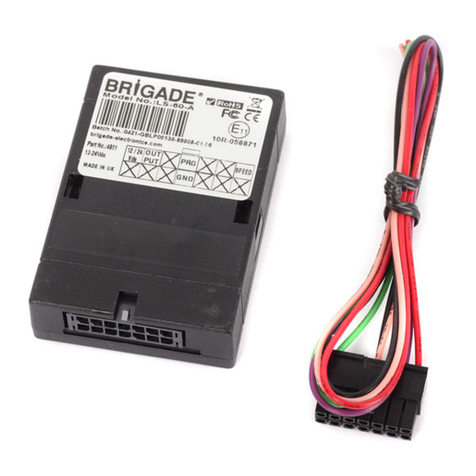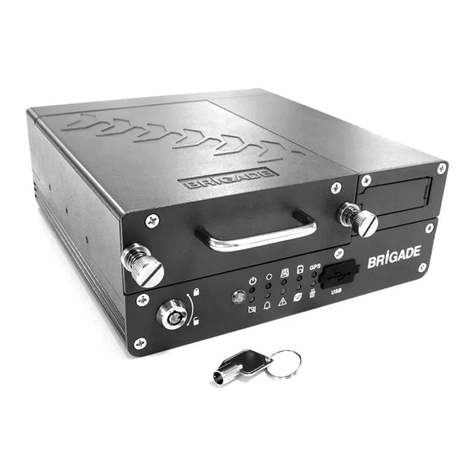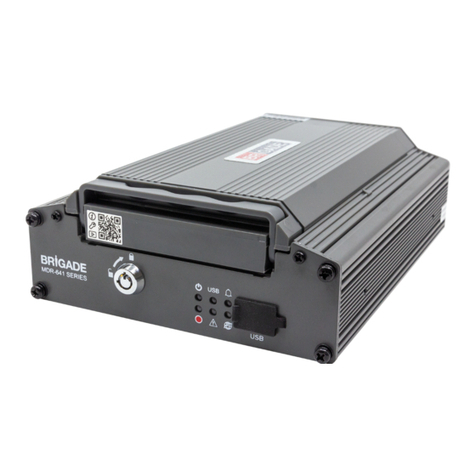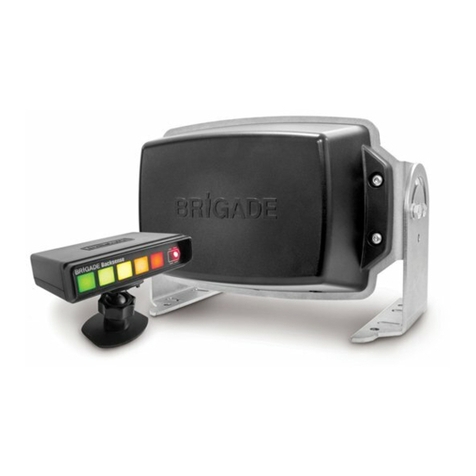2
Table of Contents
1Introduction...................................................................................................................... 3
1.1 Detection Range..................................................................................................... 3
1.2 Object Detection Capability..................................................................................... 3
2Contents........................................................................................................................... 6
2.1 Standard System Contents ..................................................................................... 6
2.2 Optional items (not included)................................................................................... 6
3Object Detection............................................................................................................... 7
3.1 Separate Object Detection...................................................................................... 7
3.2 Detected Object Data.............................................................................................. 7
3.3 Detected Object Position Relative to Sensor........................................................... 8
4Hardware Installation........................................................................................................ 9
4.1 Recommended Network Layouts and Limitations.................................................... 9
4.2 Good Network Arrangement.................................................................................... 9
4.3 Bad Network Arrangement.................................................................................... 10
4.4 Test Site ............................................................................................................... 10
4.5 Sensor Mounting and Location.............................................................................. 11
4.6 Sensor Direction ................................................................................................... 12
4.7 Cable.................................................................................................................... 13
4.8 Electrical Connections........................................................................................... 13
4.9 Power Input........................................................................................................... 13
4.10 Recommended Fuse Values................................................................................. 14
5CAN Bus........................................................................................................................ 15
5.1 Network Parameters ............................................................................................. 15
5.2 Keep Alive Message ............................................................................................. 15
5.3 CANbus Base ID................................................................................................... 15
5.4 Base ID Configuration........................................................................................... 16
5.5 Configuration Message Structure and Examples................................................... 17
5.6 Addressing Strategy for Detected Object and Generated Messages..................... 17
5.7 Detection Message ............................................................................................... 18
5.8 Sensor Start-up Messages.................................................................................... 19
6System Host................................................................................................................... 20
6.1 Host Responsibilities............................................................................................. 20
7Brigade Backsense CAN Radar Test Tool...................................................................... 21
7.1 PC Interface for BS-9100 / BS-9100T ................................................................... 21
7.2 PC System Requirements..................................................................................... 21
7.3 CANpro –BS-9100 / BS-9100T Network connection cable ................................... 21
7.4 Software Installation.............................................................................................. 22
7.5 Backsense CAN Radar Test Tool.......................................................................... 25
7.6 Backsense Configuration Tool............................................................................... 27
7.7 Application Errors.................................................................................................. 36
7.8 System Errors....................................................................................................... 36
8Testing and Maintenance............................................................................................... 37
8.1 Operator Instructions............................................................................................. 37
8.2 Maintenance and Testing...................................................................................... 37
9Specifications................................................................................................................. 39
10 Mounting Dimensions..................................................................................................... 42
11 Disclaimer...................................................................................................................... 43



































